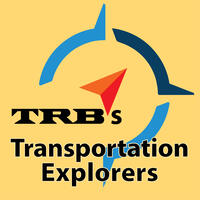Elliot Martin, Aqshems Nichols, Susan Shaheen
The UC Berkeley Transportation Sustainability Research Center (TSRC) conducted an evaluation for the City of West Sacramento of the pilot Via Rideshare System, which began providing rides to customers in May of 2018 and is currently in operation. This analysis presents the findings from surveys and expert interviews. Surveys were deployed to both users and non-users of the pilot service in order to assess the behavioral impacts of the system on users and to...




